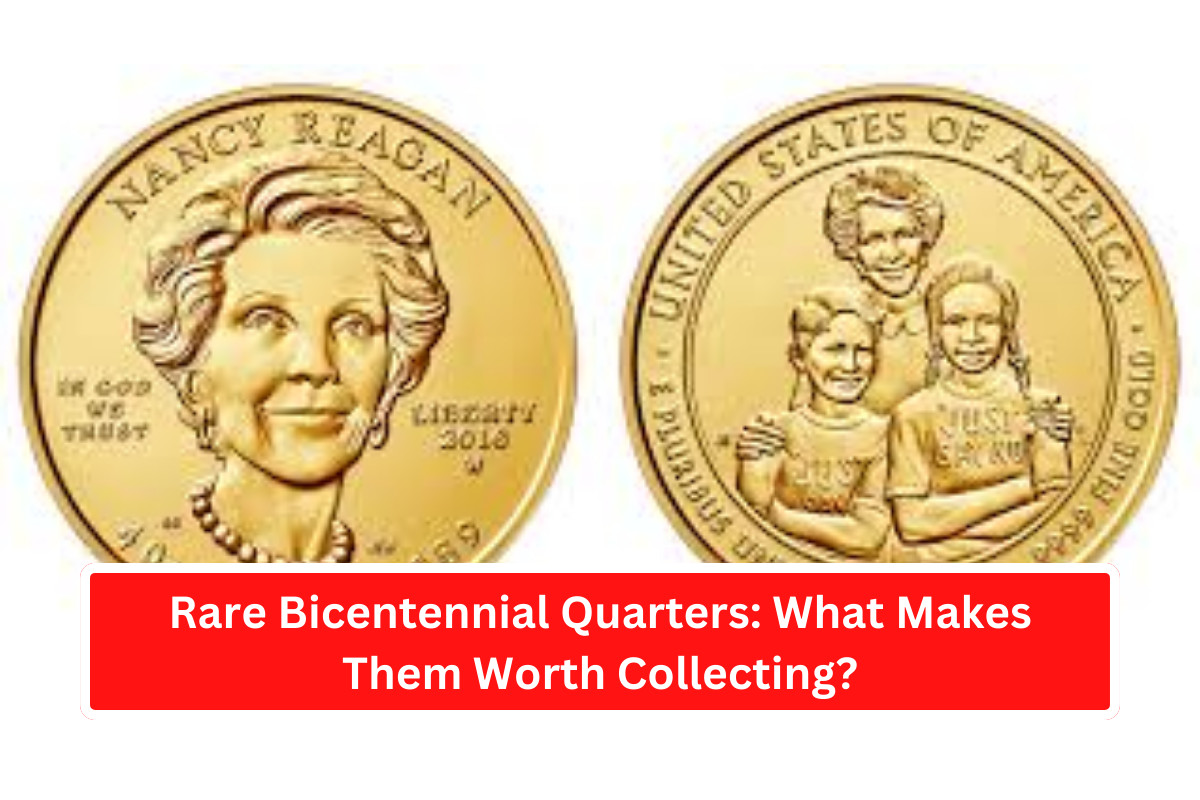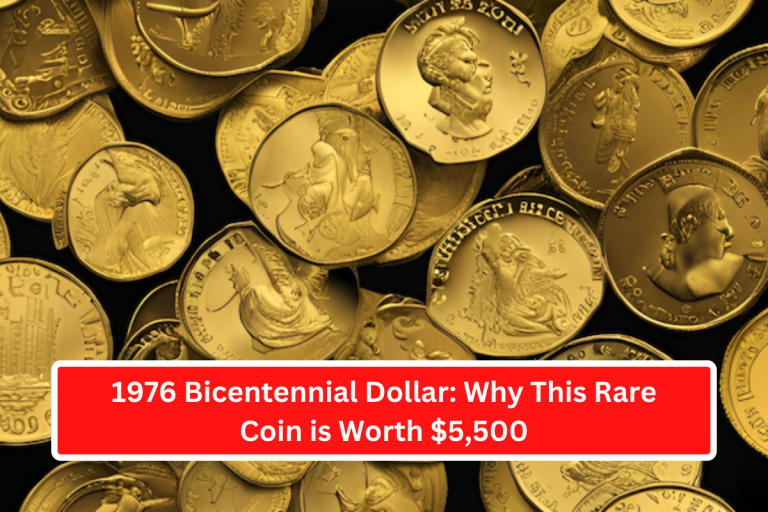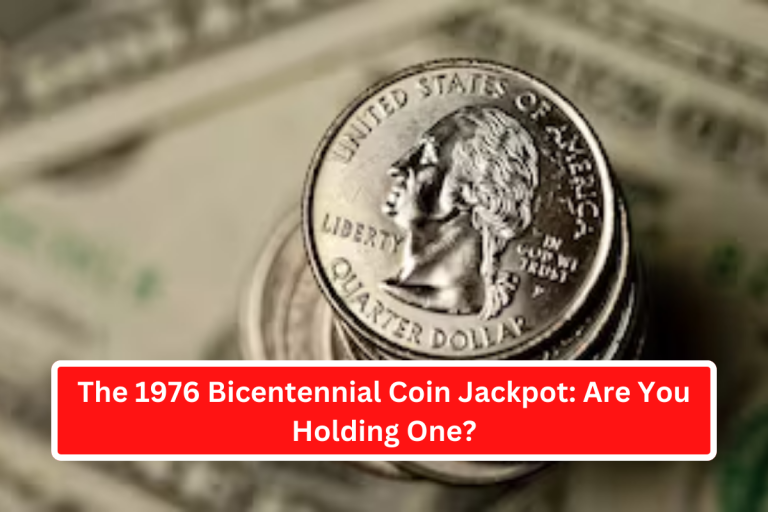The 1976 Bicentennial Quarter is a piece of history rather than merely spare change. Collectors and aficionados alike treasure this quarter, which was released to commemorate America’s 200th birthday. But not every Bicentennial Quarter is made equal; some can have unexpectedly high value. This tutorial can assist you if you’re wondering how to find a treasure in your collection.
What Makes the 1976 Bicentennial Quarter Special?
The 1976 Bicentennial Quarter has a distinctive design in contrast to other quarters. Thirteen stars, which stand in for the original colonies, surround a colonial drummer holding a torch on the reverse. George Washington’s profile is still present on the obverse. These quarters have historical significance because they bear the twin years 1776-1976 rather than the typical single minting year.
How to Identify a Valuable Bicentennial Quarter
Bicentennial quarters aren’t always worth more than 25 cents. The following variables affect the value:
- Metal Composition:
- Regular quarters are made of copper-nickel.
- Special editions were struck in 40% silver and are far more valuable.
- Mint Mark:
- Look for a D (Denver), S (San Francisco), or no mark (Philadelphia).
- Proof and silver coins often have an S mint mark.
- Condition:
- Coins in mint condition or graded by professional services fetch higher prices.
- Errors and Variations:
- Misprints or double-die errors can dramatically increase the coin s value.
Where to Look for Bicentennial Quarters
- In Circulation: Check your change or savings jar.
- Coin Dealers: Reputable dealers often stock these quarters.
- Online Auctions: Websites like eBay and Heritage Auctions list valuable finds.
- Estate Sales and Flea Markets: These places may offer hidden treasures.
How Much is a Bicentennial Quarter Worth?
Unless it is in perfect condition, the common copper-nickel quarter is worth its face value. But:
- Silver Bicentennial Quarters: $4-$7, depending on condition.
- Rare Errors: Can fetch hundreds of dollars.
- Graded Proof Coins: Typically valued between $10-$30.
Tips for Coin Collectors
- Store Properly: Use coin holders or albums to prevent scratches.
- Get Graded: Professional grading enhances the coin s market value.
- Research Values: Check online pricing guides for accurate estimates.
FAQs
- What is the 1976 Bicentennial Quarter made of?
- Regular versions are copper-nickel; special editions are 40% silver.
- What makes a Bicentennial Quarter rare?
- Factors like silver content, mint marks, condition, and errors contribute to rarity.
- How do I identify a 1976 silver Bicentennial Quarter?
- Look for an S mint mark and weigh it; silver coins are slightly heavier.
- Are Bicentennial Quarters still in circulation?
- Yes, but most valuable ones are kept by collectors.
- Where can I sell a valuable Bicentennial Quarter?
- Coin dealers, online marketplaces, and auction sites are ideal.
Note: Every piece of content is rigorously reviewed by our team of experienced writers and editors to ensure its accuracy. Our writers use credible sources and adhere to strict fact-checking protocols to verify all claims and data before publication. If an error is identified, we promptly correct it and strive for transparency in all updates, feel free to reach out to us via email. We appreciate your trust and support!
ChiefsFocus is a dedicated news writer with extensive experience in covering news across the United States. With a passion for storytelling and a commitment to journalistic integrity, ChiefsFocus delivers accurate and engaging content that informs and resonates with readers, keeping them updated on the latest developments nationwide.










